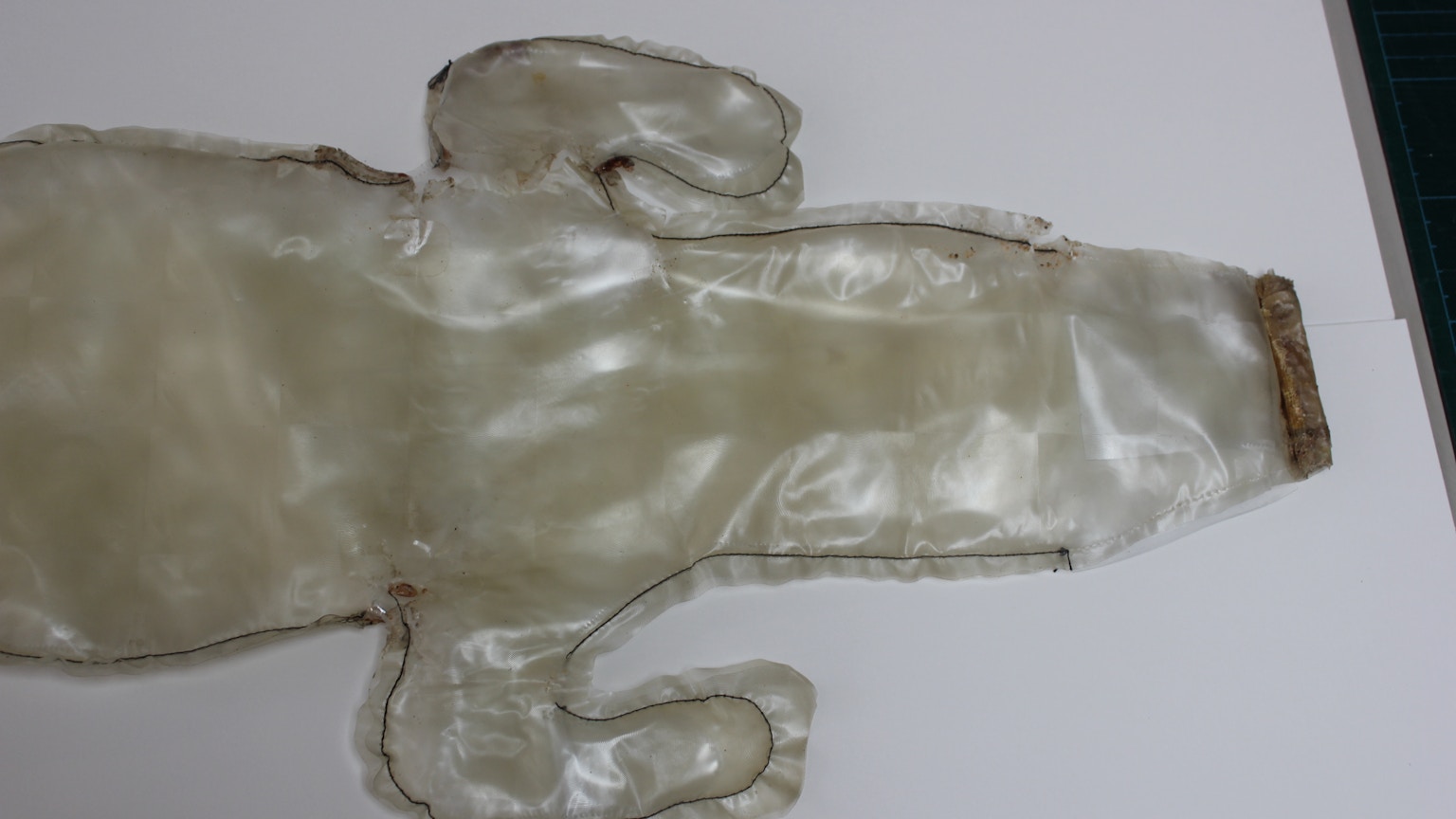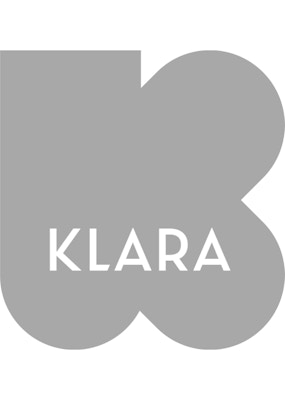When outlining the treatment method, the idea of not merely restoring the cracks and gaps arose. After all, the original plastic film from which the crocodiles are made, a PVC film, continues to age and may be permanently subject to restoration. The idea of providing the crocodiles with an 'inner skin' partially caught this problem.
The first stage in the restoration process involved documenting the work. A damage image was drawn up, the work was photographed in detail and the art-historical context was outlined. Research was also carried out into the possibilities and application of an inner skin for the crocodile.
After choosing a thin PVC film, a simulation was made of a crocodile shape and a second shape inside it. The result was satisfactory.
Then the dismantling and cleaning of Panamarenko's crocodiles could begin. The net around the crocodiles was untied and the sand was removed. An empty plastic crocodile shape remained. Both the inside and outside of the film was cleaned and the net was vacuumed.
In the next stage, an inner skin was made to size for each crocodile. Once placed inside the original crocodile, this inner form was filled with the original sand.
The cracks and gaps in the original foil were repaired with tape. To finish off, the net was tied back around the padded crocodile.
The other parts of the artwork, pool and fence, were also restored. These were mainly interventions that strengthened both parts. Extra attention was paid to cleaning the pool's tiles. The pool is lined with yellow plastic tiles that are very prone to scratching. This is also part of general research being conducted at S.M.A.K. into the cleaning and restoration of plastics.
Those who would like to know more about this can contact collectie@smak.be.














